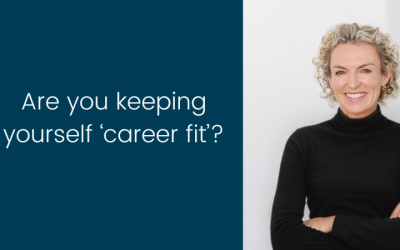As the job market has become more competitive, having a compelling and modern resume has never been more important.
To give yourself the best chance of securing an interview, I believe there are a four critical points your modern resume should adhere to:
- Crisp writing and succinctness – needless words and phrases do nothing but distract and overwhelm your readers
- Beautiful formatting – use a clean, modern design and choose a sleek font
- Perfect grammar and descriptive storytelling
- Should be no more than 4 pages in length
A recruiter will only scan the first third of your resume and decide whether to read on, so it needs to attract the attention of the reader. I suggest including your LinkedIn URL, (if you have one) and your phone and email address. Now is the time to get a Gmail address if you are still using Hotmail or Yahoo, as these old email addresses are not projecting a professional image.
So what does a modern resume look like?
Promoting your brand is really important and a qualification summary is now more important than having an objective section. This is a high-level overview of your candidacy and should highlight achievements and attributes that make you most valuable to an employer. This is to demonstrate what YOU can do for an employer rather than focusing on what they can do for you.
Beneath the qualification summary should be an emphasis of your key skills. This ties in with the qualification summary and reaffirms the value you can bring to the role. I suggest you re-work this section to suit each job posting you apply for, as applicant tracking systems s can resumes looking for key words to move the candidate forward. Hence phrases from the job posting need to be mirrored on your resume.
can resumes looking for key words to move the candidate forward. Hence phrases from the job posting need to be mirrored on your resume.
The employment history section should also match the language of the rest of your resume and have a storytelling component. If you can, weave a story into a few lines explaining why you changed industries or why you were promoted. This section should only list your most relevant work history, so don’t include experience that dates back further than 10 years unless it’s essential to your story.
The employment history section should also be achievements-focused performance highlighting what you have achieved in each role that went above and beyond what was expected. Future employers are more interested in what sort of impact you had in previous roles rather than a list of all your responsibilities. You might look at past performance reviews for ideas and think about what you’ve done better than anyone else in your previous roles – quantifiable evidence is best to support this section.
If you are unsure whether you resume, cover letter or LinkedIn profile is best practice, then contact Leah Lambart at leah@relaunchme.com.au to organise a free review.





